Boston Terriers, a breed synonymous with charm and expressiveness, come in a palette of colors that range from the traditional to the truly unique. Known as the “American Gentleman” for their tuxedo-like markings, Boston Terriers carry a distinct, polished look that is both recognizable and endearing. The breed standard set by the American Kennel Club (AKC) recognizes several colors and markings, but variations do exist beyond these parameters, attracting a diversity of preferences among owners and breed enthusiasts. This article explores seven stunning color variations of Boston Terriers, delving into the specifics of each to appreciate how these colors influence not only the appearance but also the perception of this lovable breed. Each variation not only adds a different visual appeal but can sometimes influence grooming needs and visibility in different environments, enriching the understanding of prospective and current owners alike.
1. Black & White
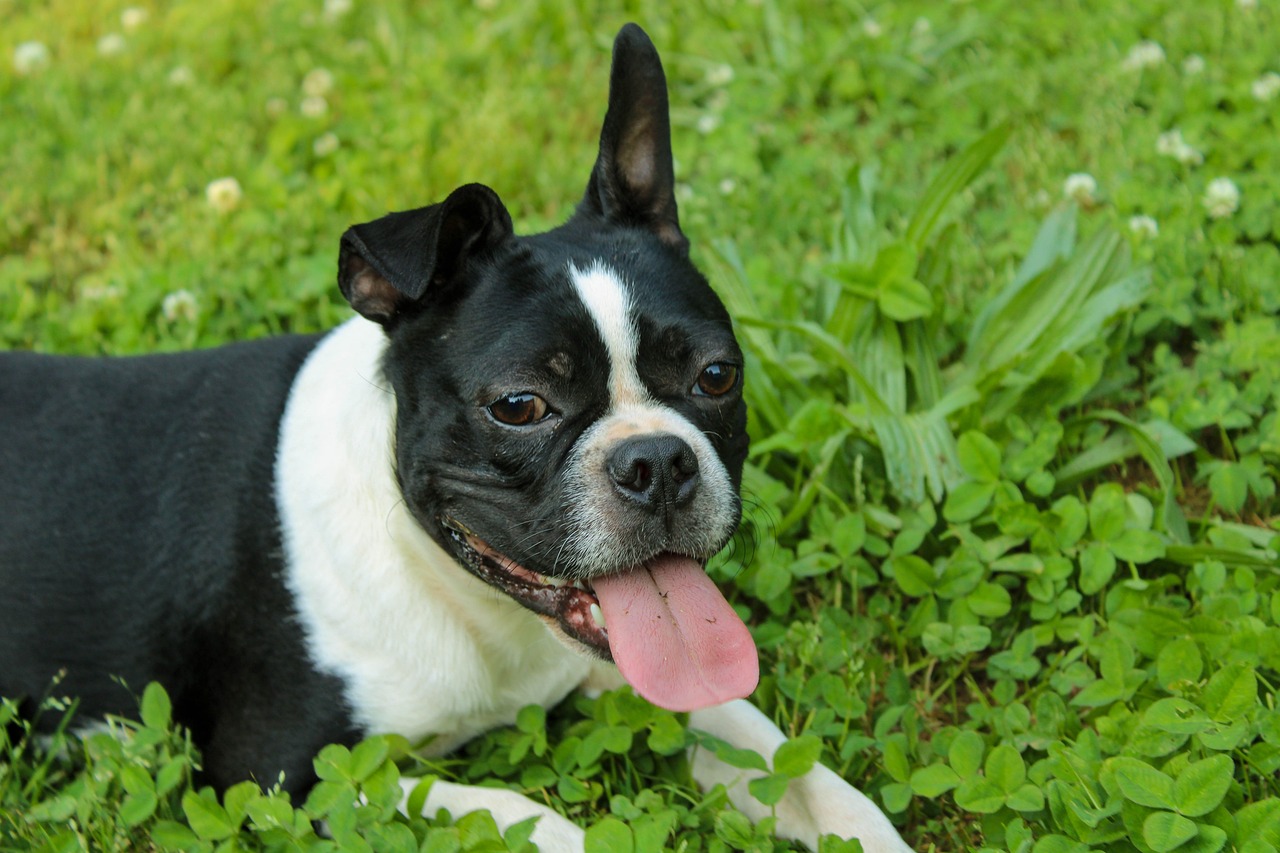
The classic and most recognized coloration of Boston Terriers is black and white. This striking contrast gives them the appearance of wearing a sharp tuxedo, which is why they earned the nickname “American Gentleman.” In this variation, the coat is predominantly black with crisp white markings that typically include a white chest, a blaze between the eyes, and around the muzzle. This color pattern is not only aesthetically pleasing but also highly practical, as it does not show dirt easily, making maintenance a bit simpler. Black & white Boston Terriers are known for their glossy coats that reflect their energetic and jovial nature. Owners should focus on regular grooming to maintain the coat’s shine and minimize shedding.
2. Brindle & White

Brindle is a pattern of coloring and striping over a base color, which in the case of Boston Terriers, typically overlays a white background. The stripes are irregular and range from faint to pronounced, usually darker like black or grey over a lighter base of brown or gold. This variation brings a unique beauty to the breed, with each dog displaying a slightly different pattern that ensures no two brindle and white Boston Terriers are exactly alike. Owners of brindle and white Boston Terriers might notice that their pets’ coats require regular grooming to keep the stripes vibrant and the fur free from mats and tangles.
3. Seal & White
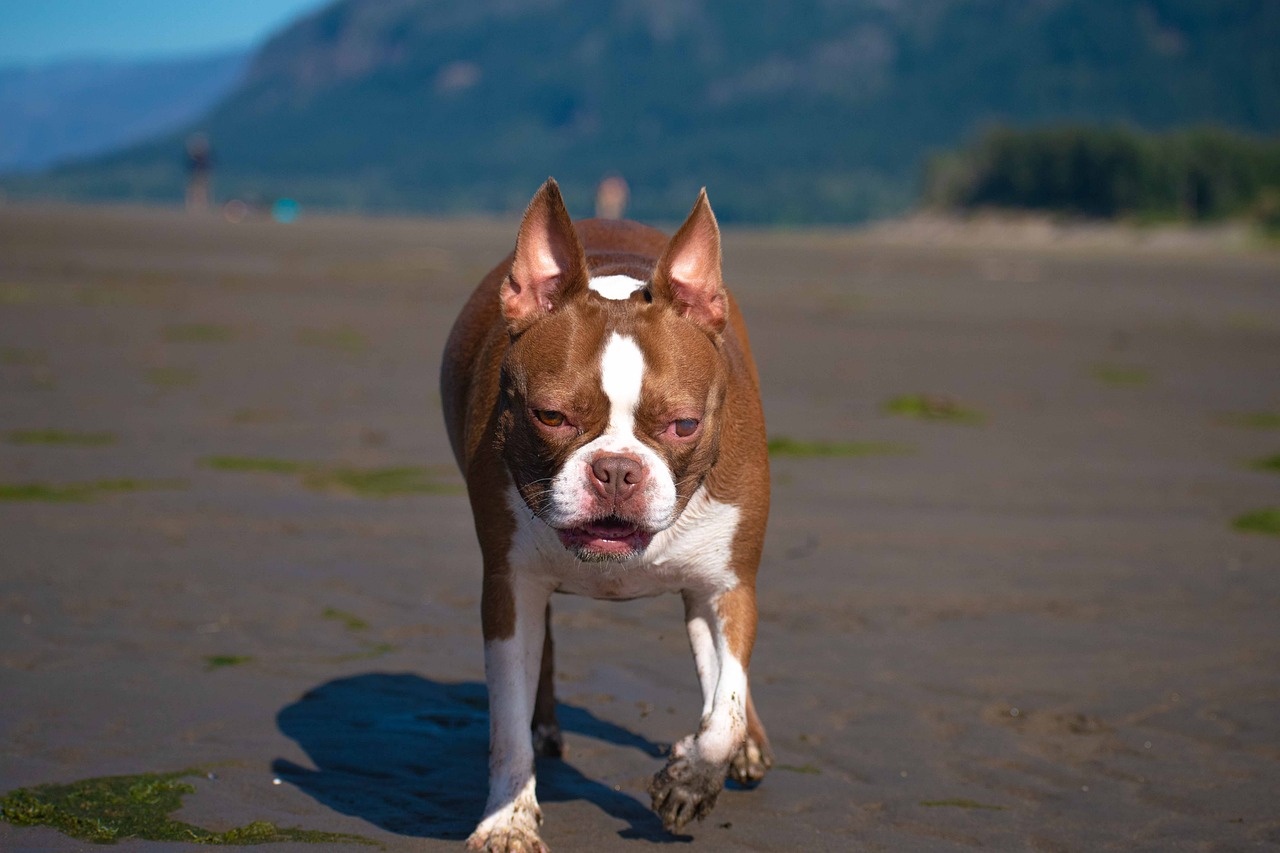
“Seal” is a color specifically recognized in Boston Terriers, appearing black at first glance but revealing a reddish tone under direct sunlight. This intriguing color paired with white markings offers an elegant aesthetic that is both unique and captivating. Seal and white Boston Terriers often catch the light in beautiful ways, highlighting their sleek coats and graceful movements. Like their black and white counterparts, they typically feature the same pattern of markings. This color can be somewhat harder to maintain, as the dark fur may show dust and dander more readily than lighter colors.
4. Red & White

Although not recognized by all kennel clubs, red and white is a stunning and somewhat rare variation of the Boston Terrier. The red can range from a deep, rich rust to a lighter copper tone, all set against stark white markings. This color variation is particularly eye-catching and is admired for its brightness and vibrancy. Red and white Boston Terriers may require more frequent baths to maintain the brilliance of their red fur, which can attract more visible dirt than darker colors. The unique hue of red also makes this variation a popular choice for those looking to stand out in the crowd.
5. Blue & White
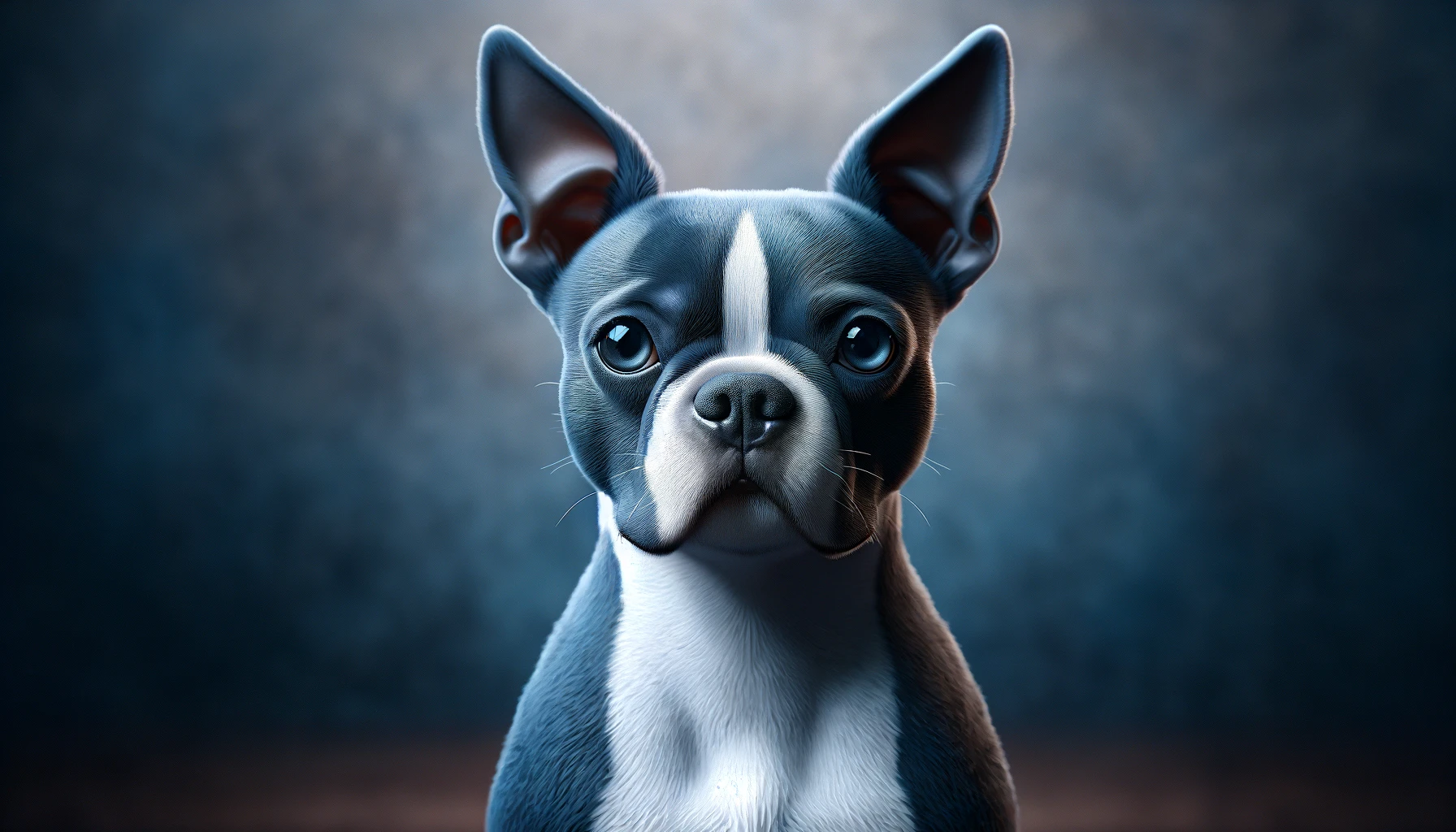
Blue and white Boston Terriers have a dilute black color that gives the coat a striking blue-gray appearance. This rare coloration is due to a genetic dilution that affects the black pigments in the coat. The blue coat combined with white markings creates a ghostly elegance that is both unique and mesmerizing. However, prospective owners should be aware that the blue coloration can be associated with certain health issues, including skin problems. Regular veterinary check-ups and careful grooming are crucial to maintaining their health and the luster of their coat.
6. Chocolate & White
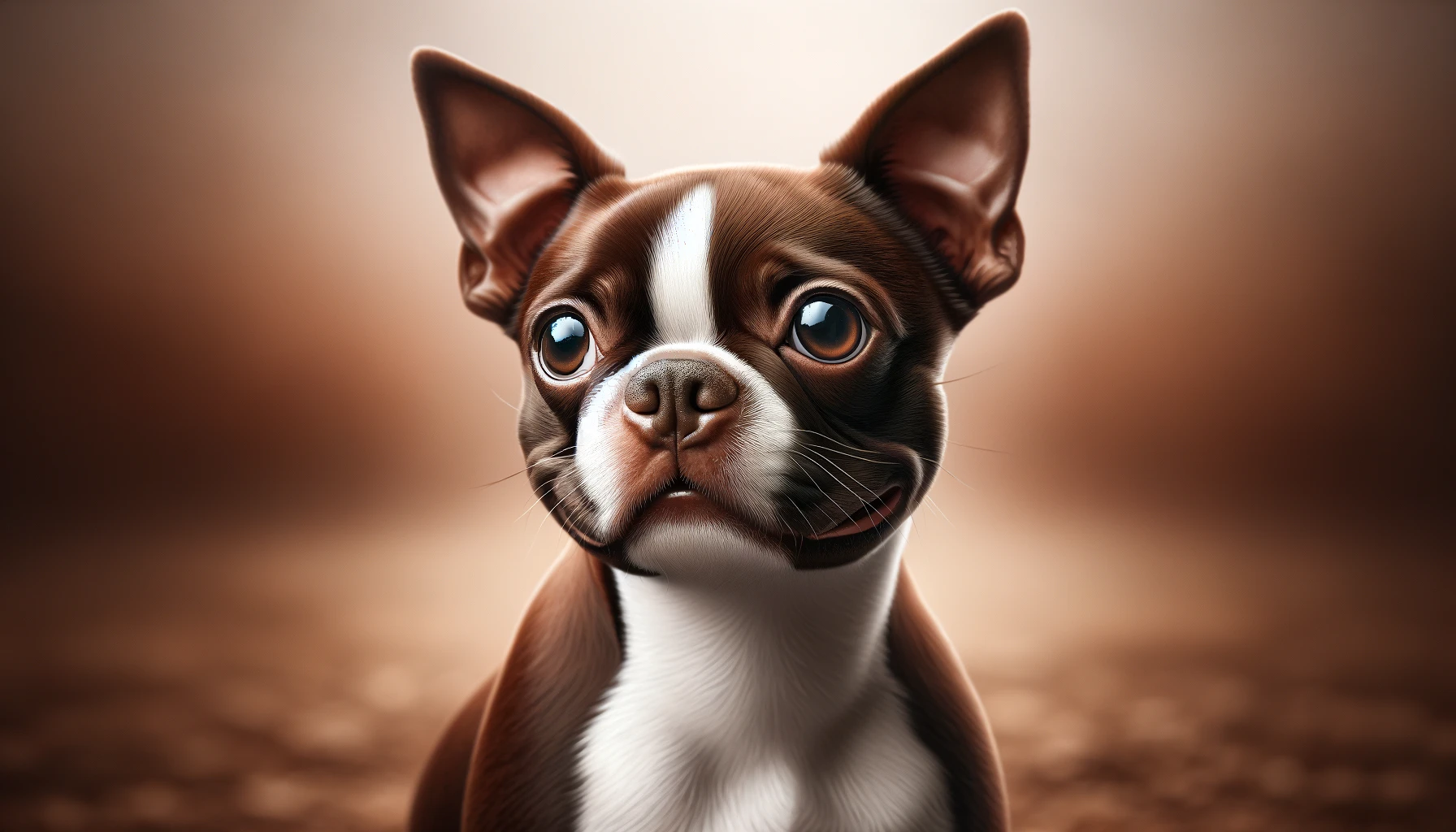
Chocolate and white Boston Terriers have a rich, deep brown color offset by white markings. This variation is rare and not recognized by some major kennel clubs but is nonetheless cherished for its warmth and depth of color. The chocolate hue gives a soft, velvety look to the coat that can be stunning when well-groomed. Chocolate-colored fur can fade in the sun, so it’s important to protect these dogs from excessive sunlight to maintain the vibrancy of their coat.
7. Lilac & White
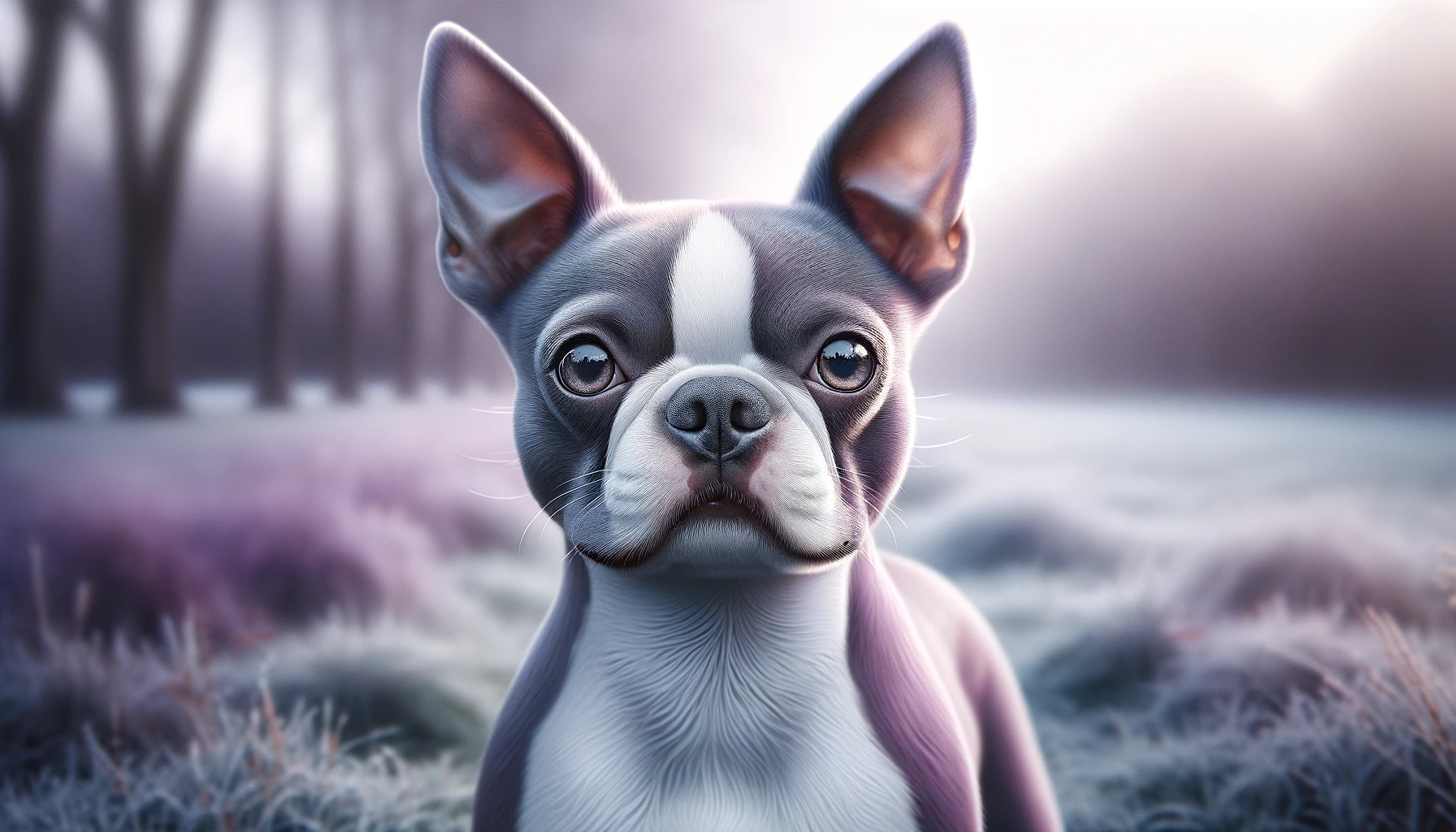
Lilac and white Boston Terriers are one of the most rare color variations. The lilac color is a pale greyish-brown hue that carries a distinct bluish tinge, appearing almost mystical. This color results from a combination of chocolate and blue dilution genes and is highly prized for its rarity and ethereal appearance. Like blue Boston Terriers, lilac ones may be prone to specific health challenges, including coat and skin issues, necessitating vigilant care and regular health screenings.
In conclusion, Boston Terriers come in an array of beautiful colors, each adding its flair to this beloved breed. Whether you prefer the classic elegance of black and white, the striking pattern of brindle, or the rare allure of lilac, Boston Terriers are sure to captivate with their diverse appearances and endearing personalities. When selecting a Boston Terrier, consider the unique care each color may require and embrace the opportunity to enjoy the vibrant life these dogs bring.
Frequently Asked Questions About Boston Terrier Colors
1. What is the most common color for a Boston Terrier?
The most common color for Boston Terriers is black and white. This iconic color combination gives them a distinguished look that resembles a tuxedo, which is why they are often referred to as the “American Gentleman.” The black and white Boston Terrier has a predominantly black coat with white markings that usually appear on the chest, muzzle, band around the neck, and between the eyes. This classic and striking appearance is not only aesthetically pleasing but also practical, as the dark color does not show dirt as prominently as lighter colors. Regular grooming and occasional baths help maintain the glossy sheen of their coat, which highlights their lively and affectionate nature.
2. Are red and white Boston Terriers rare?
Yes, red and white Boston Terriers are considered rare and are not recognized by all kennel clubs, including the American Kennel Club (AKC). The red coat can vary from deep mahogany to a lighter copper tone, always paired with crisp white markings. The rarity and distinct appearance of the red and white Boston Terrier make them highly sought after among enthusiasts. However, this color variant can require more maintenance than the more common colors. Their coats are prone to showing dirt and may require more frequent grooming to maintain the vibrancy of the red, which can also fade under excessive sun exposure.
3. Can Boston Terriers be all white?
While it’s extremely rare, there are indeed Boston Terriers that appear almost all white. However, according to breed standards, such as those set by the AKC, a Boston Terrier should have a colored “shroud” that covers more than one-third of the body, with the preferred color being black, brindle, or seal. All-white Boston Terriers often face challenges, including a higher likelihood of being deaf, which is a common issue among dogs with predominantly white coats due to the lack of pigment cells in the inner ear. If considering an all-white Boston Terrier, it is crucial to conduct a thorough health screening and understand their special needs.
4. What does “seal” color mean in Boston Terriers?
The “seal” color in Boston Terriers is described as a black color that shows a reddish tinge under direct sunlight. This color is recognized by the AKC when describing Boston Terriers. Seal appears so dark it could almost be mistaken for black, but the warm undertones become noticeable when the dog is outdoors or in bright lighting. Seal and white Boston Terriers have this distinctive coat combined with white markings, which typically include areas like the chest, muzzle, and a blaze on the forehead. Owners of seal Boston Terriers may notice that their pet’s coat looks particularly striking during sunny days, with the unique reddish shine enhancing their elegant appearance.
5. How do you maintain the coat of a brindle Boston Terrier?
Maintaining the coat of a brindle Boston Terrier involves regular grooming to manage shedding and keep the coat healthy and vibrant. The brindle pattern features stripes that may range from fine to bold, superimposed on a base color of lighter brown or gold. To care for a brindle coat, weekly brushing with a soft bristle brush or a rubber grooming mitt can help distribute natural oils, remove loose hair, and prevent matting. Bathing should be done as needed but not so frequently as to strip the coat of its natural oils. Using a shampoo formulated for dogs can help enhance the coat’s natural color and keep the fur looking shiny and healthy.
6. What challenges do blue Boston Terriers face?
Blue Boston Terriers, recognized by their distinctive blue-gray coat, face specific health challenges primarily related to their coloring. The blue color results from a dilution gene, which can also affect skin health. These dogs often have a condition known as Color Dilution Alopecia, which can cause progressive hair thinning and skin issues. To manage these challenges, owners need to maintain regular veterinary check-ups, provide proper skin care, and use gentle grooming products designed for sensitive skin. Moreover, prospective owners should be aware of the genetic implications of the dilution gene and consider health screenings for breeding dogs.
7. Is the chocolate color in Boston Terriers recognized by the AKC?
The chocolate or brown color is not recognized by the American Kennel Club (AKC) in the breed standard for Boston Terriers. Chocolate Boston Terriers have a rich brown coat often paired with white markings. Despite its non-recognition, the chocolate color has gained popularity among Boston Terrier lovers for its warmth and rarity. Owners of chocolate Boston Terriers should take special care to protect their dogs’ coats from sun exposure, which can cause the color to fade. Regular grooming and proper nutrition can also play a crucial role in maintaining the luster and health of their unique coat.
8. Can Boston Terriers have a lilac coat?
Yes, Boston Terriers can have a lilac coat, although this color is extremely rare and involves a combination of both chocolate and blue dilution genes. The lilac color appears as a unique silvery gray with a subtle purple hue. Like blue Boston Terriers, lilac ones may also be prone to Color Dilution Alopecia, which can affect their coat and skin health. Prospective owners should ensure they are prepared for the potential health issues associated with this rare color and should engage in regular health monitoring and provide appropriate skin care to maintain the coat’s health and appearance.
9. What are parti-color Boston Terriers?
Parti-color Boston Terriers have a coat that features two or more colors, one of which is white. These colors are spread in patches or other patterns over the body. Parti-color is not a standard recognized by the AKC for Boston Terriers but can occur naturally due to genetic variations. These dogs often have unique and striking appearances due to their distinct color patches. Caring for a parti-color coat involves regular grooming to ensure each color’s vibrancy and to maintain the health of the fur and skin.
10. How do you care for a Merle Boston Terrier’s coat?
Merle Boston Terriers feature a coat pattern characterized by mottled patches of color and often include blue or odd-colored eyes. The merle pattern is due to a gene that affects pigment distribution, which can sometimes lead to health issues, including vision and hearing problems. Caring for a Merle Boston Terrier’s coat requires regular grooming to prevent matting and maintain the coat’s condition. Bathing should be done with a gentle shampoo to avoid irritating the skin, and extra care should be taken to monitor the dog for any signs of skin problems. Regular health checks are essential to address any genetic health issues early.

 1 week ago
12
1 week ago
12

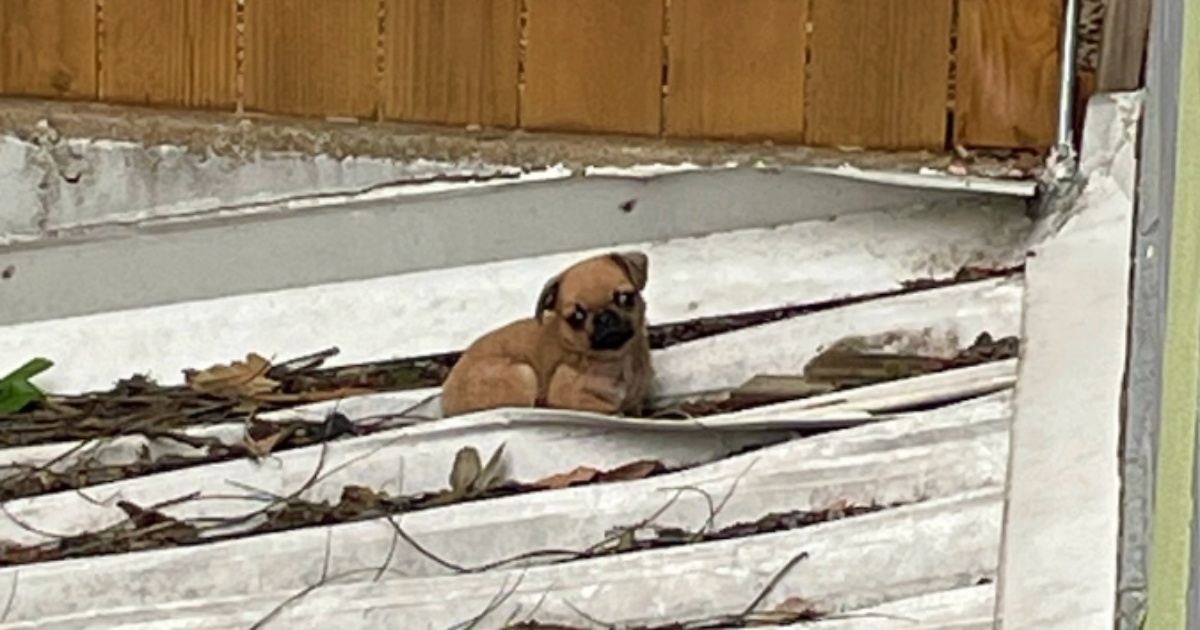
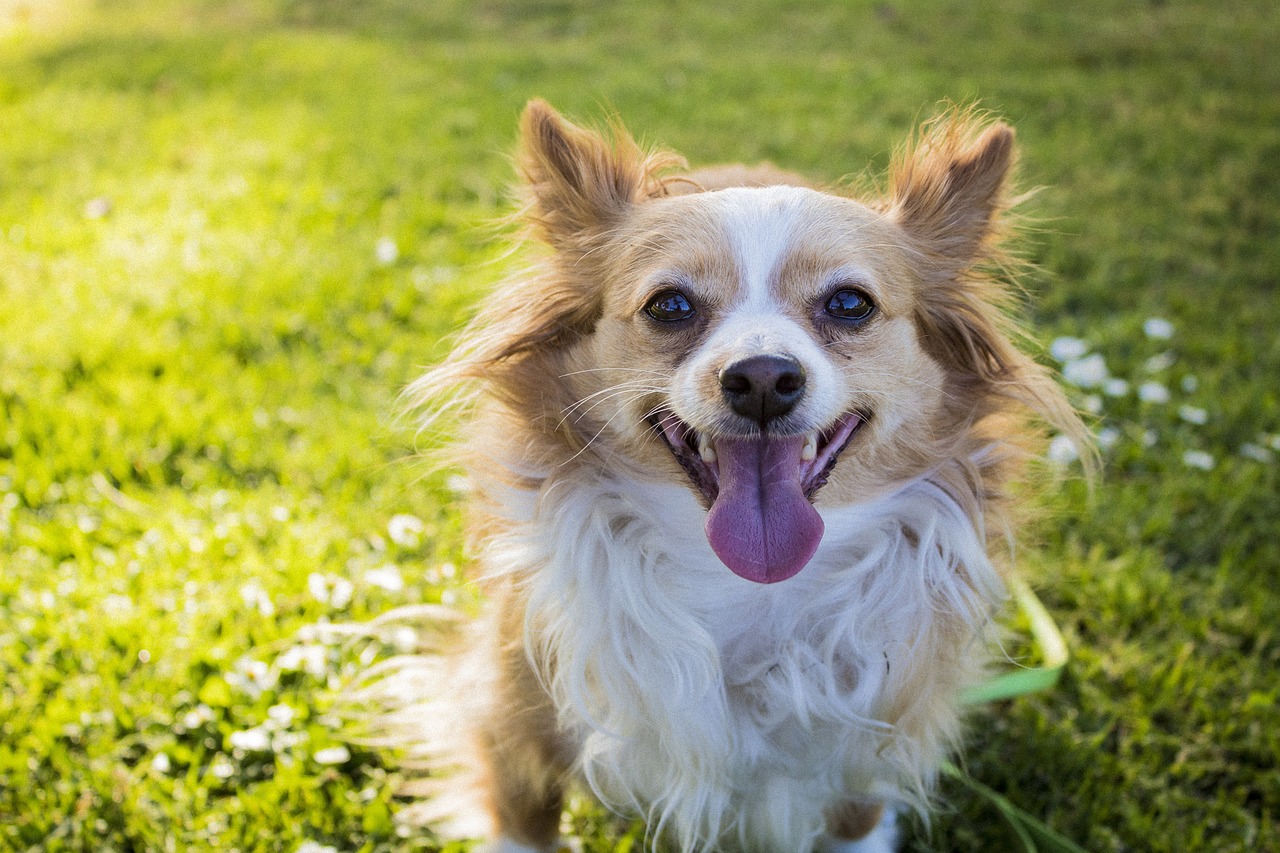
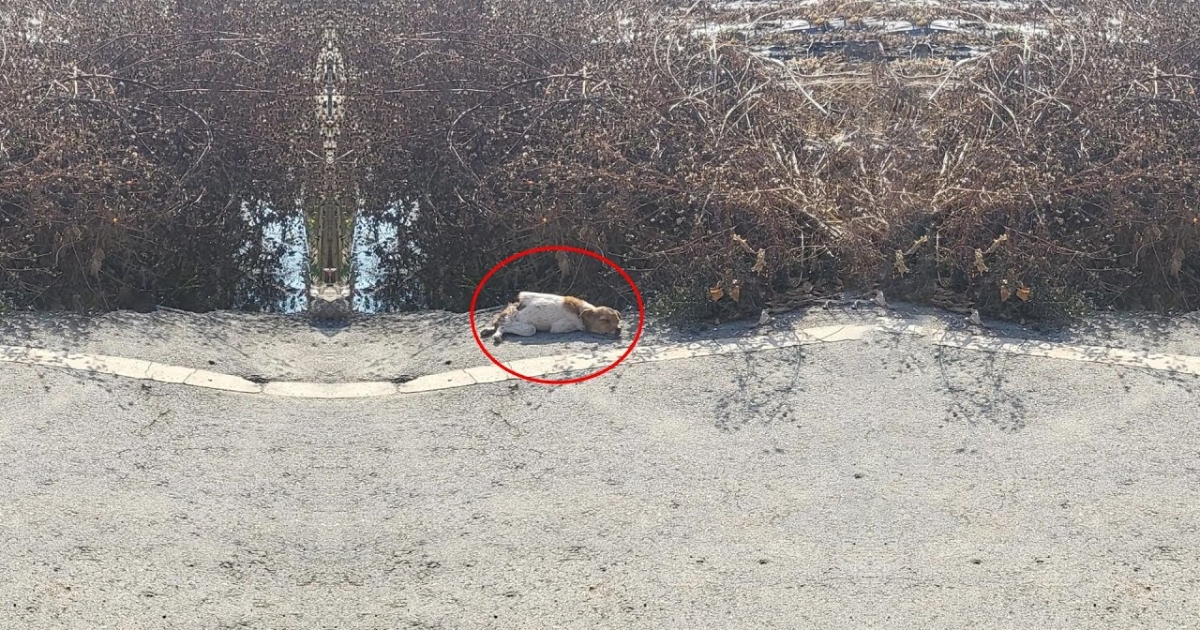
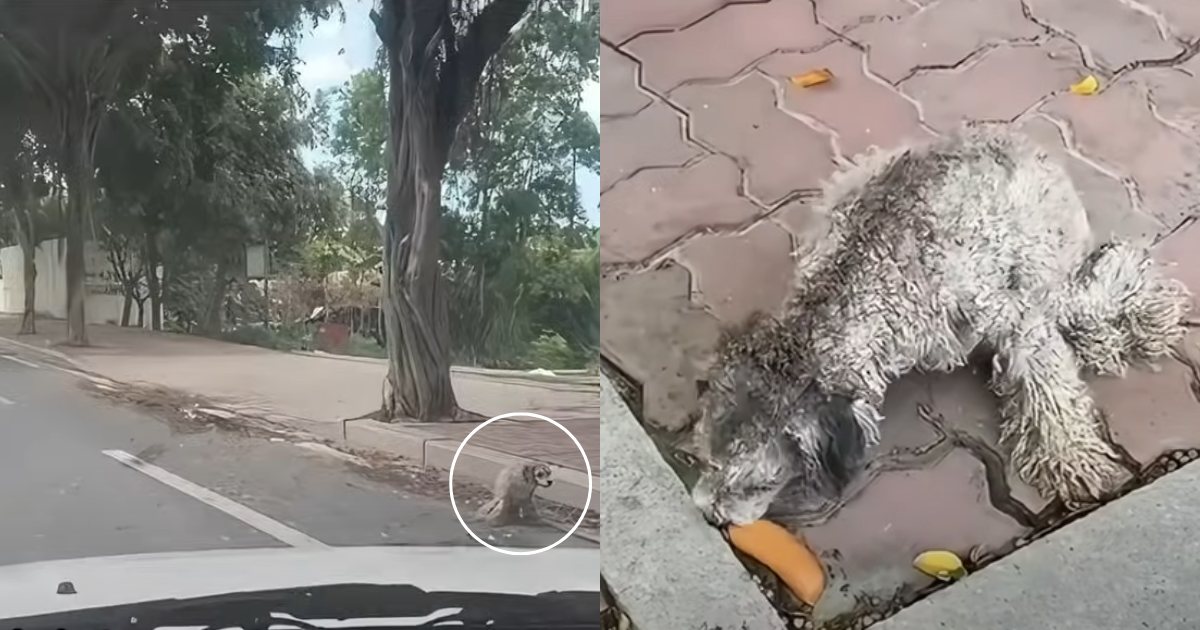

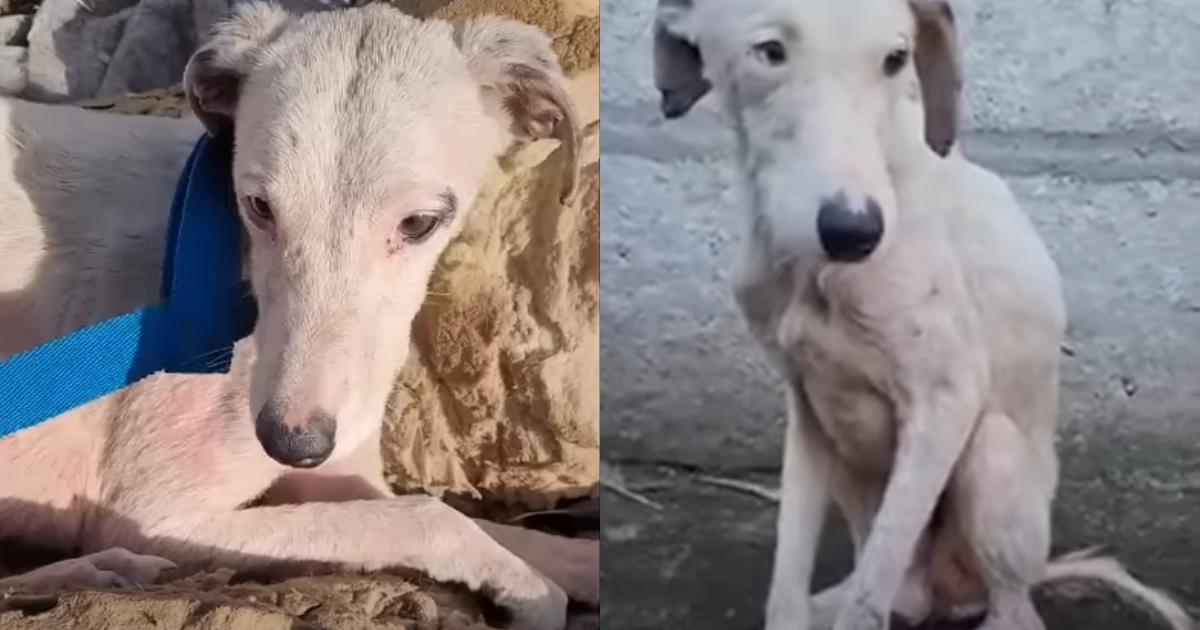
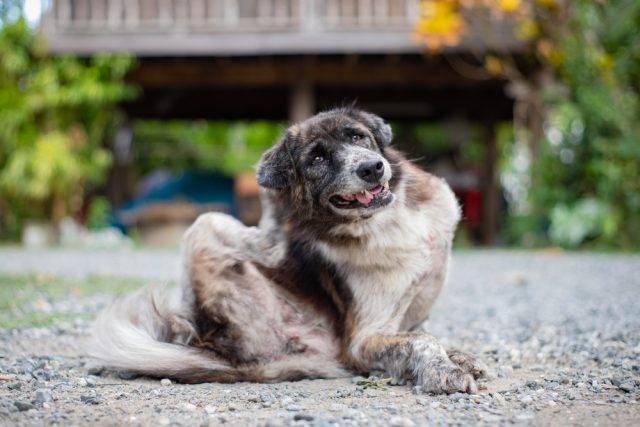
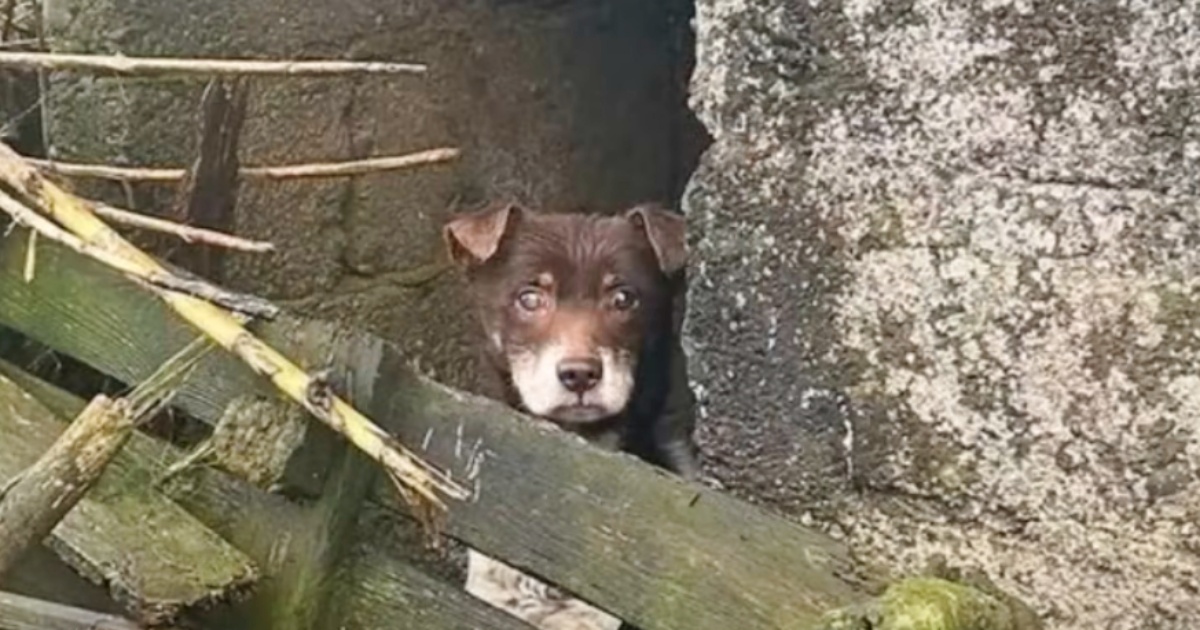
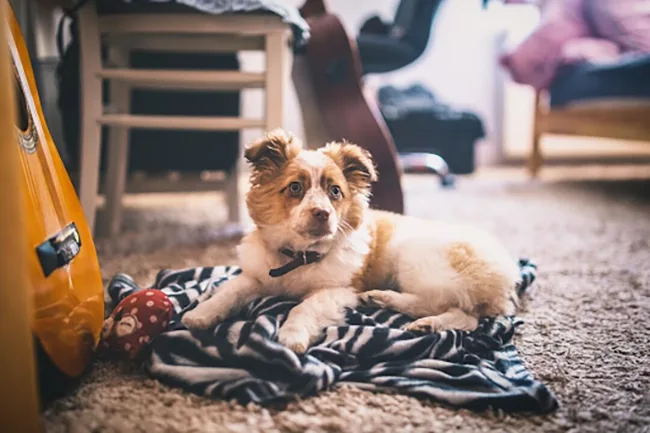


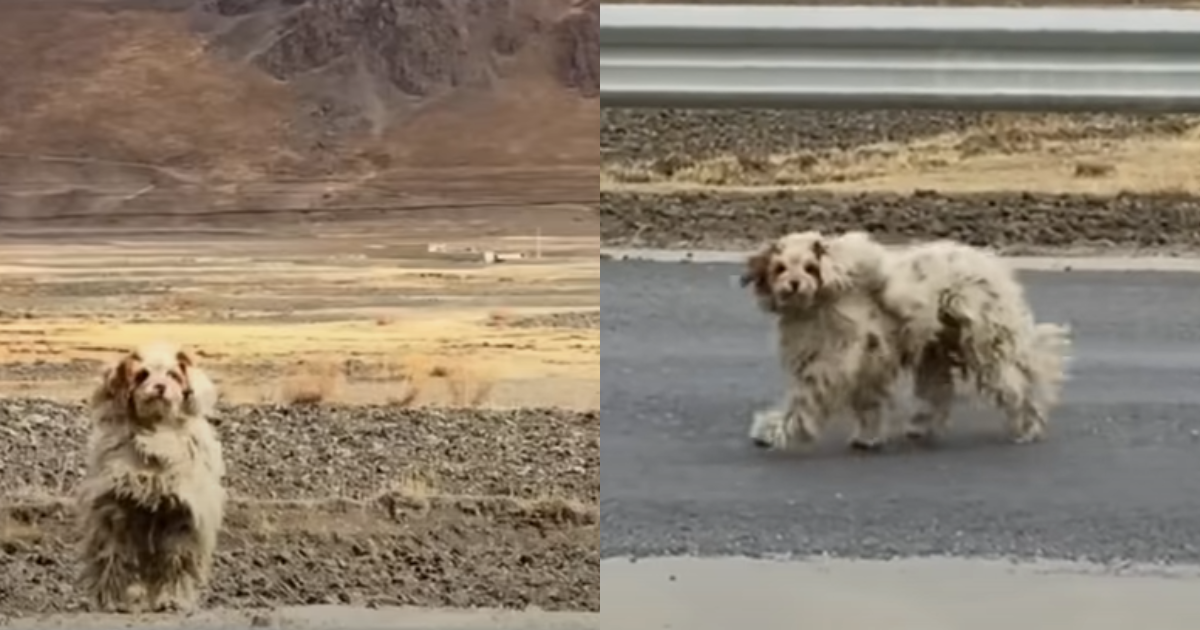

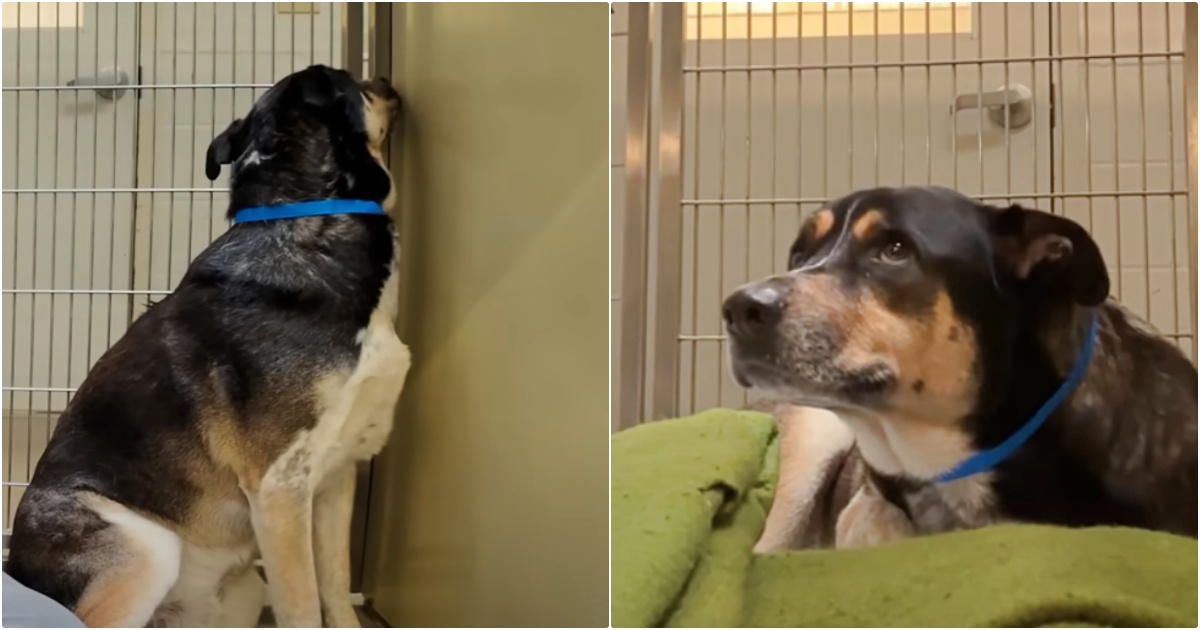
![Cost of a Borzoi Puppy by US Region [2024]](https://iheartdogs.com/wp-content/uploads/2024/04/borzoi-4950553_1280.jpg)
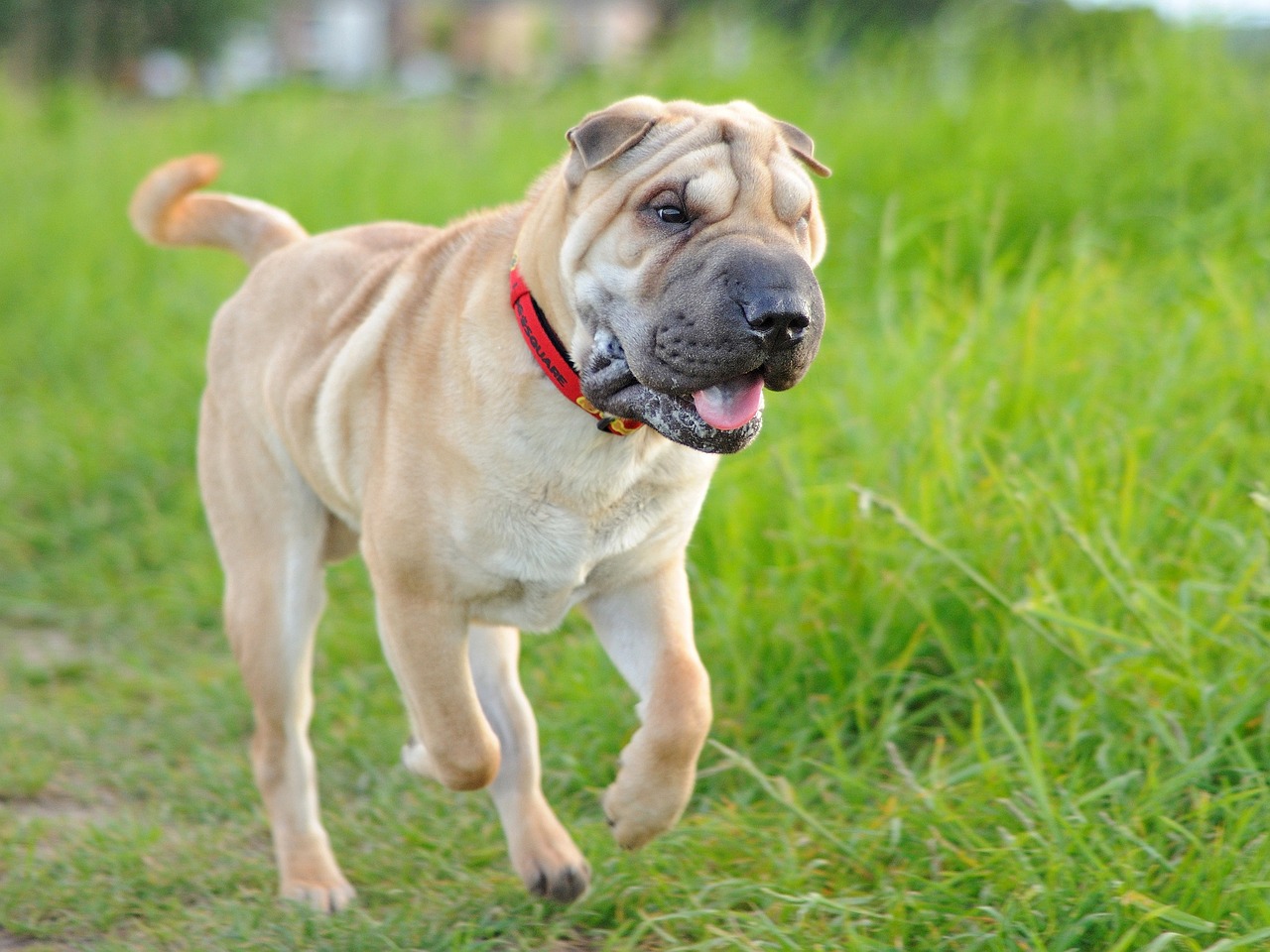
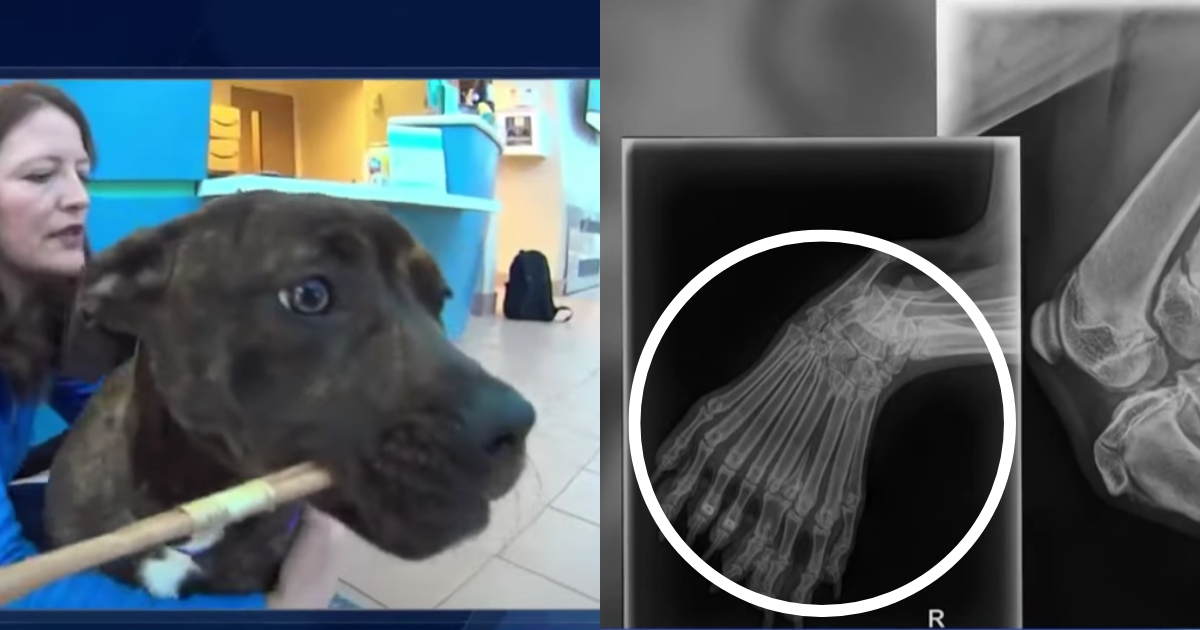
 English (US) ·
English (US) ·